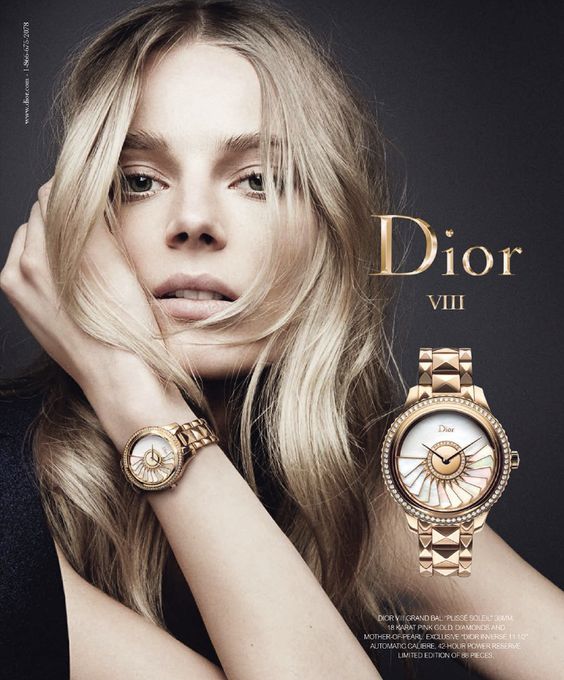In today’s world of advertising, it’s no secret that sex sells.
“Advertisers use sex because it can be very effective,” said Tom Reichert, professor and head of College of Information and Communications.
A study published by the University of Georgia that looked at 3,232 full-page ads for sexual content from Playboy to Time and Newsweek to Esquire from 1983 to 2003, discover that the numbers are on the rise. Although, “female models were more explicitly dressed in 2003 (49%) than 1993 (40%),” 78% of the them were sexually clothed.
“Our findings show that the increase in visual sexual imagery over the three decades of analysis is attributable to products already featuring sexual content in ads, not necessarily widespread adoption by other product categories,” Reichert said. “Specifically, alcohol, entertainment and beauty ads are responsible for much of the increase.”
The findings reveal that sex is commonly used to sell impulsive products(unplanned purchase), not so much high-risk ones, namely: “banking services, appliances and utility trucks”.
Why does sex sells?
“The lower levels of brain activity from ads employing NI(non-rational influence) images could lead to less behavioural inhibition, which could translate to less restraint when it comes to buying products depicted,” said UCLA’s Dr Ian Cook, who published the study results in the Journal of Neuroscience, Psychology and Economics. The discovery supports the theory that preferences for purchasing goods and services may be influenced by many factors, including subliminal messages within advertisements.
Researchers claim that seeing an attractive man or woman stimulates the area of the brain that makes us buy on impulse, bypassing rational thought. Four good-looking women with their backs turned showing their butt cheeks to advertise short jeans was found to have a stronger influence on us than, for example, the same short jeans hanging in a closet.
The next time you are in line at the store, be aware that advertisers put your brain on “impulse mode” and you might not actually want that bag of Doritos.
Author: Ketya Nop
Work Cited:
Journal of Neuroscience, Psychology, & Economics.
Pappas, Stephanie. “Sexy Advertising On the Rise.” LiveScience, Purch, 6 June 2012, www.livescience.com/20773-sexy-advertising-increasing.html.
Reichert, Tom, and Courtney Carpenter. “An Update on Sex in Magazine Advertising: 1983 to 2003.” Journalism & Mass Communication Quarterly, vol. 81, no. 4, 2004, pp. 823–837., doi:10.1177/107769900408100407.
Photo Source: https://i.pinimg.com/564x/84/61/4d/84614d1ef5e83a99f934aee90ddacdb7–photoshoot-style-christian-dior.jpg






